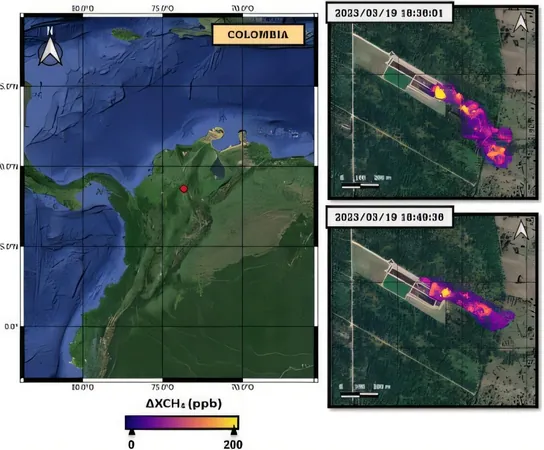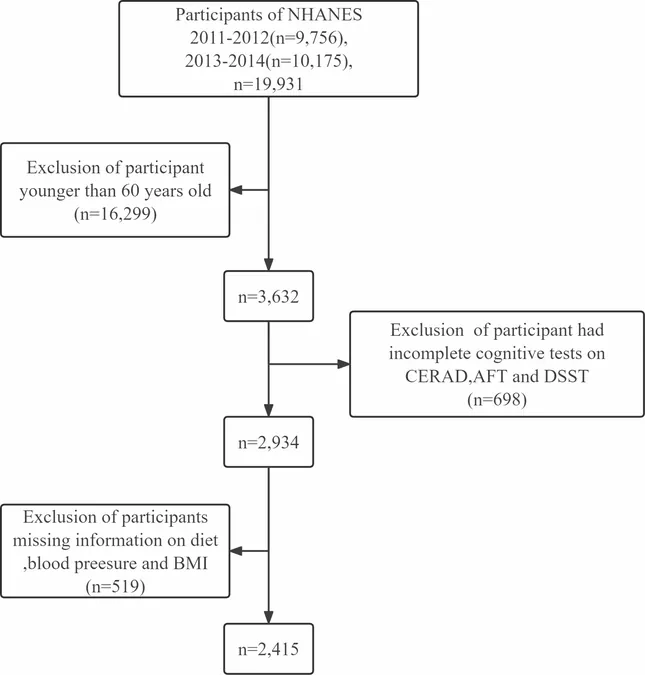
New Study Uncovers Alarming Methane Emissions from Palm Oil Industry in Indonesia, Malaysia, and Colombia
2024-11-25
Author: Daniel
Introduction
In a groundbreaking study published in the journal *Environmental Research Letters*, researchers from the Universitat Politècnica de València (UPV) have unveiled troubling methane emissions tied to the palm oil industry in Indonesia, Malaysia, and Colombia. Utilizing cutting-edge satellite technology, this investigation not only confirms existing suspicions about methane leaks but also provides detailed maps and images showcasing how these harmful gases escape into the atmosphere.
Research Team and Methods
Led by Adriana Valverde, alongside colleagues Javier Roger, Javier Gorroñó, Itziar Irakulis, and Luis Guanter, the research has identified the pivotal role that remote detection technologies, including satellite and airborne spectrometers, play in addressing climate change challenges. Methane is notorious as a greenhouse gas with a warming potential 80 times that of carbon dioxide over a 20-year timeframe. Guanter underscored the importance of recognizing methane plumes—gas clouds that rise from the earth into the atmosphere—primarily generated through anthropogenic activities.
Findings on Methane Emissions
The team's findings highlight that the processing of palm oil is a substantial contributor to methane emissions, largely due to the use of anaerobic ponds for effluent treatment. Valverde pointed out the urgency of developing new technologies to curb these emissions, citing the inefficiency of conventional treatment systems that result in significant methane production.
Recommendations for Improvement
To tackle this issue, researchers advocate for the implementation of biogas systems. These systems can capture methane, converting it into renewable energy, which in turn supports a sustainable circular economy. Such innovations could dramatically decrease methane emissions coming from palm oil processing, contributing to larger climate goals.
Technical Approach and Validation
The research employed sophisticated technologies, notably the AVIRIS-NG airborne spectrometer, alongside satellites like GHGSat, PRISMA, EnMAP, and EMIT, to pinpoint methane emissions from palm oil processing facilities in the top-producing nations of Indonesia and Malaysia, as well as in Colombia. Findings revealed two methane emissions in Colombia detected by AVIRIS-NG, three in Indonesia via GHGSat, and over twenty emissions detected through the use of EnMAP, PRISMA, and EMIT across the three countries. These findings correlate with previous research, confirming the reliability of these advanced monitoring technologies.
Limitations and Future Research
Nonetheless, the study also reveals limitations in current satellite capabilities, specifically noting that PRISMA and EnMAP could enhance their sensitivity and spatial coverage for more precise emission tracking. The research team posits that further flight campaigns are necessary to accurately characterize the methane emissions from palm oil processing operations, thereby refining mitigation strategies.
Conclusion
In a powerful conclusion, the LARS-IIAMA group emphasizes that their study paves the way for new and innovative research in detecting methane emissions from space, providing critical insights that could lead to immediate and effective solutions for managing these emissions in the palm oil sector. This alarming revelation raises significant concerns for the environment and calls for urgent action within the industry to mitigate these harmful emissions!



 Brasil (PT)
Brasil (PT)
 Canada (EN)
Canada (EN)
 Chile (ES)
Chile (ES)
 España (ES)
España (ES)
 France (FR)
France (FR)
 Hong Kong (EN)
Hong Kong (EN)
 Italia (IT)
Italia (IT)
 日本 (JA)
日本 (JA)
 Magyarország (HU)
Magyarország (HU)
 Norge (NO)
Norge (NO)
 Polska (PL)
Polska (PL)
 Schweiz (DE)
Schweiz (DE)
 Singapore (EN)
Singapore (EN)
 Sverige (SV)
Sverige (SV)
 Suomi (FI)
Suomi (FI)
 Türkiye (TR)
Türkiye (TR)